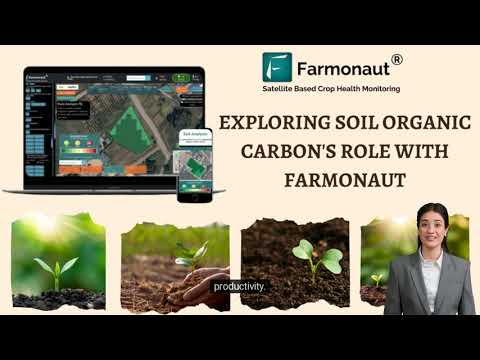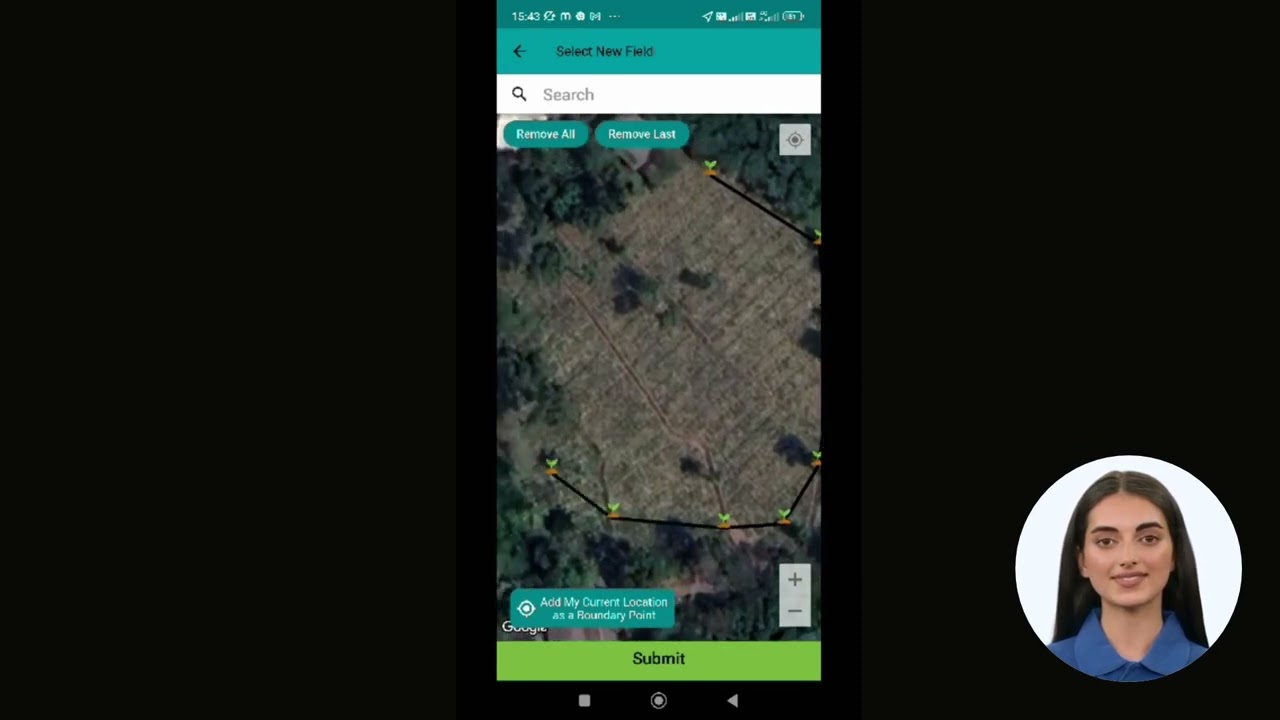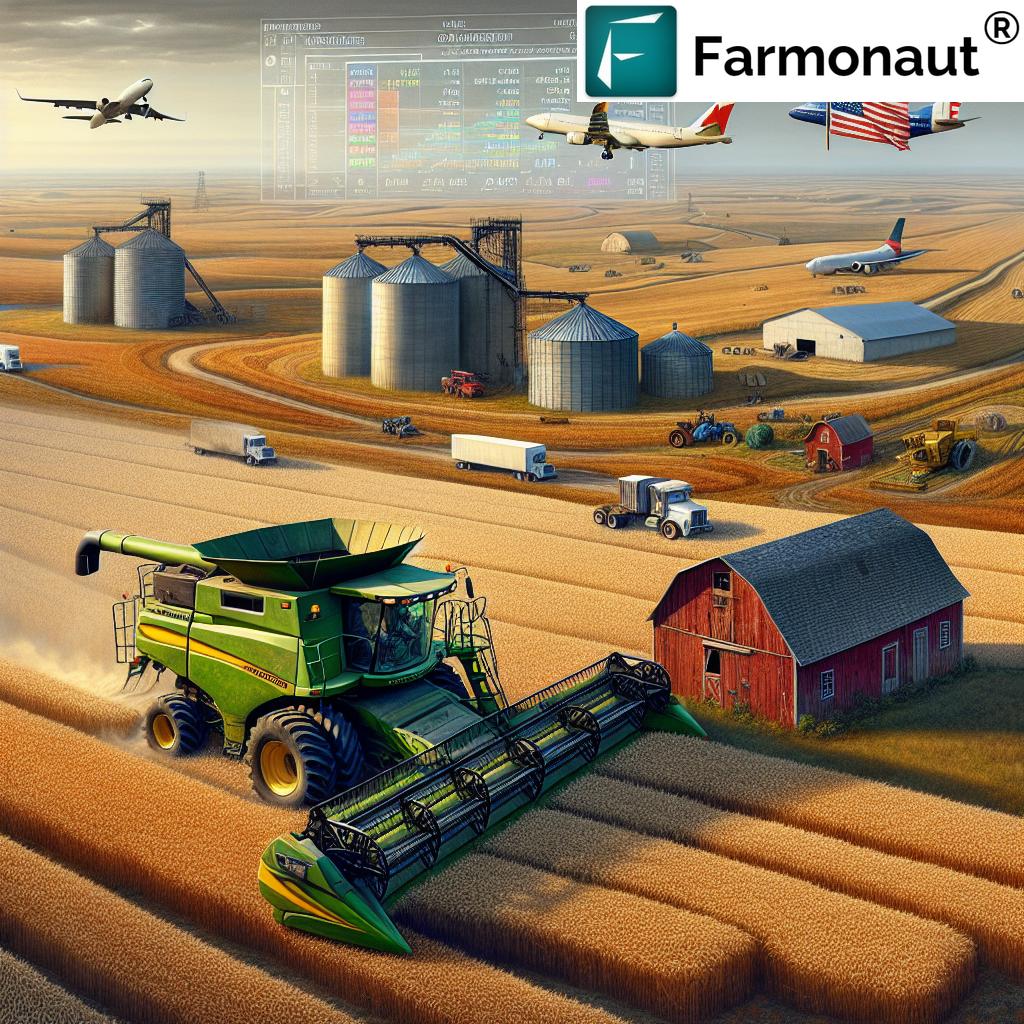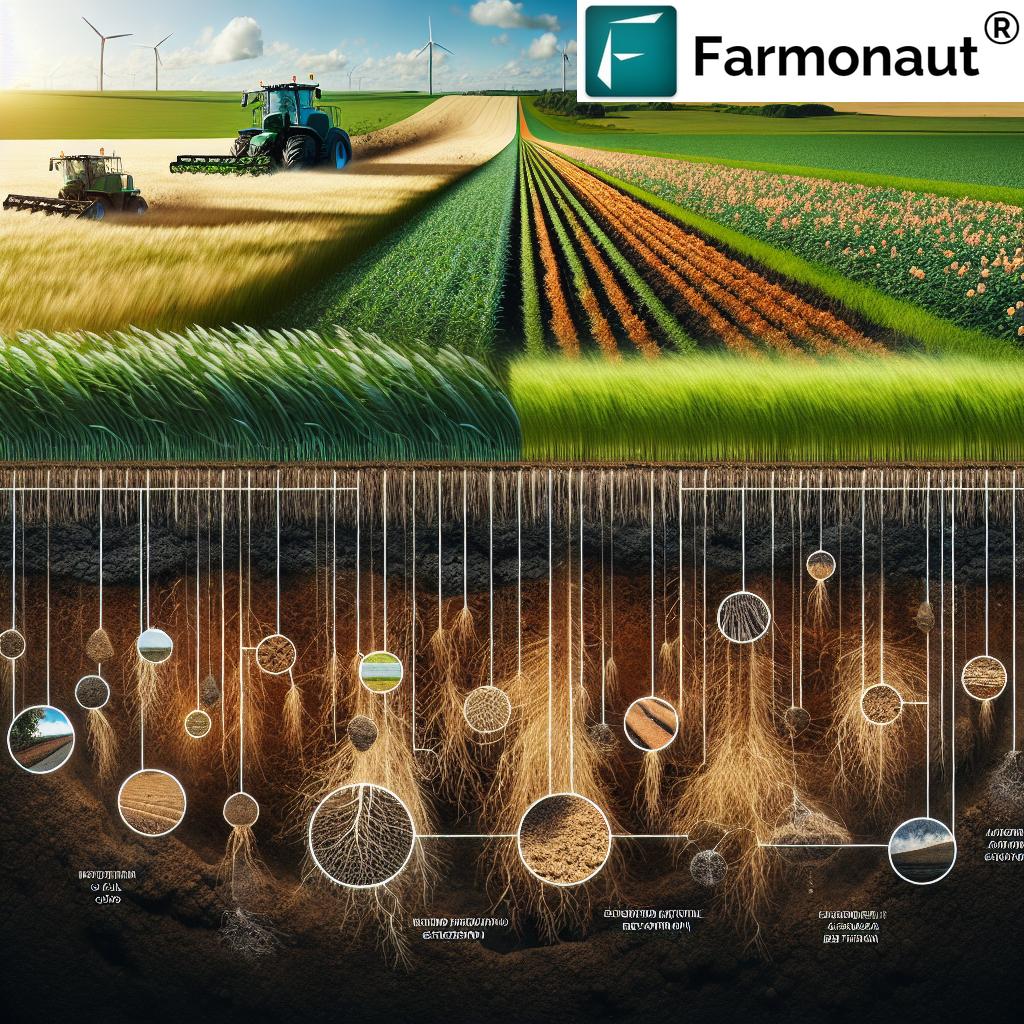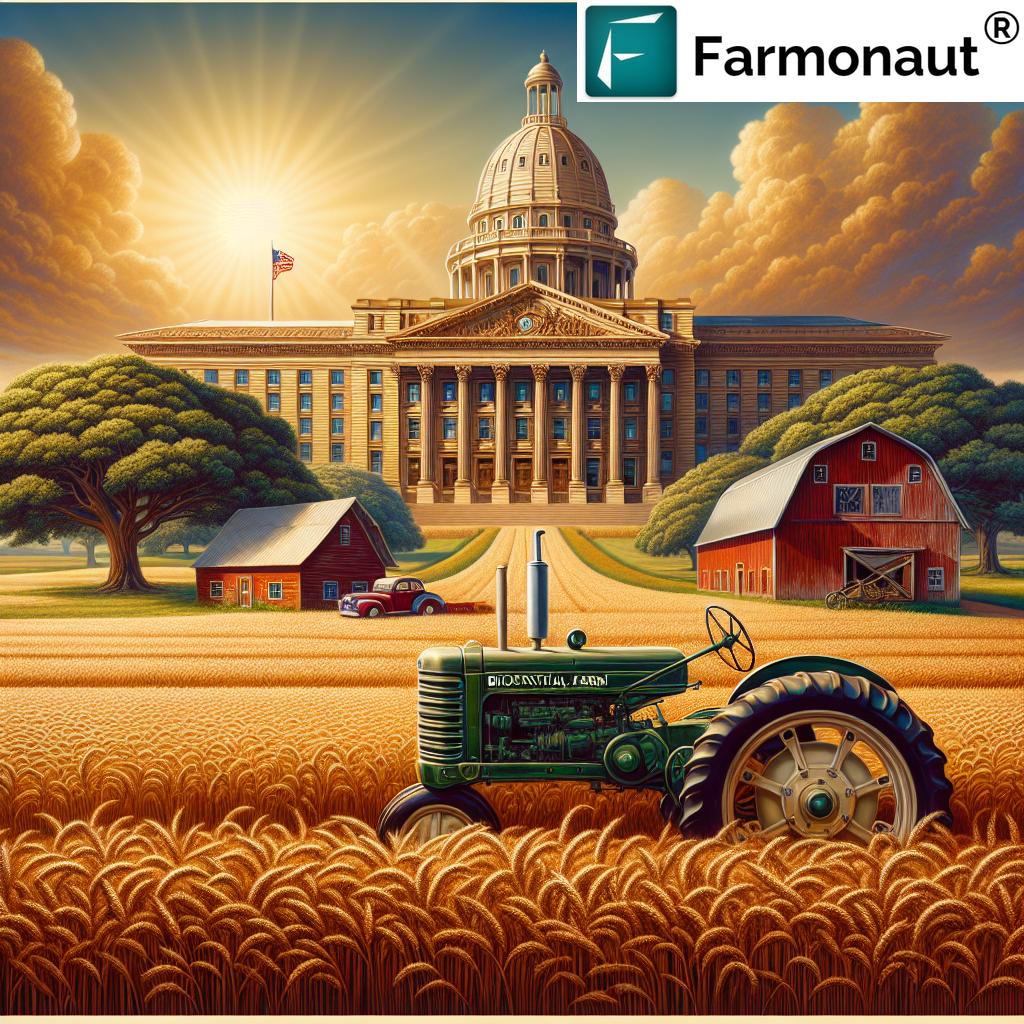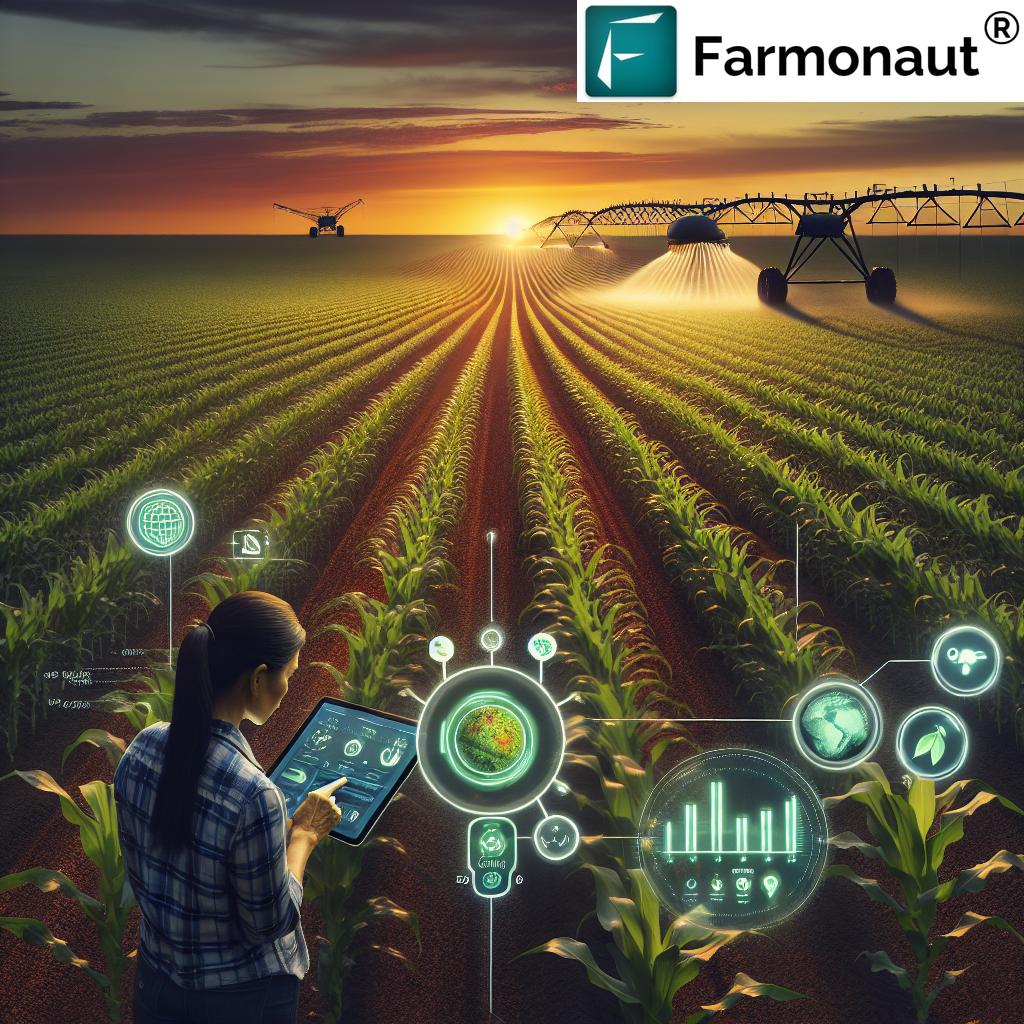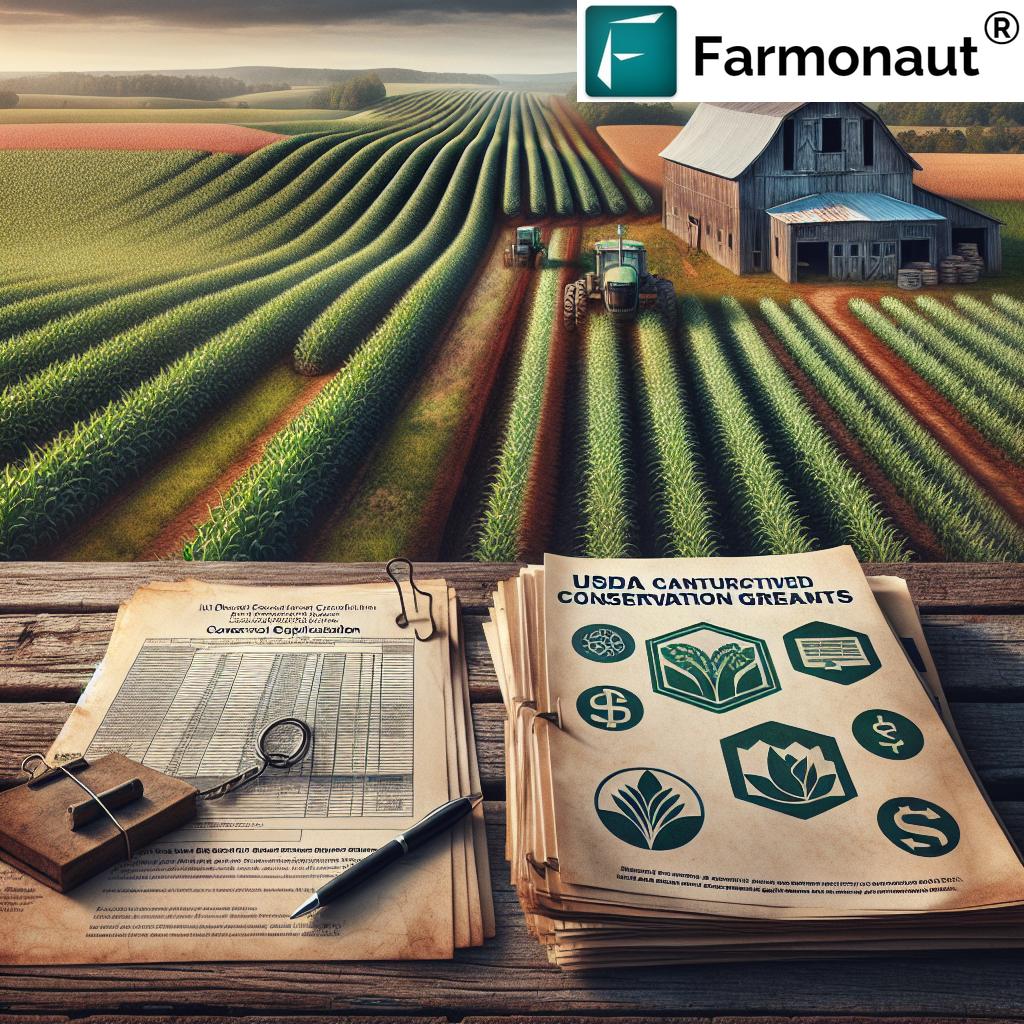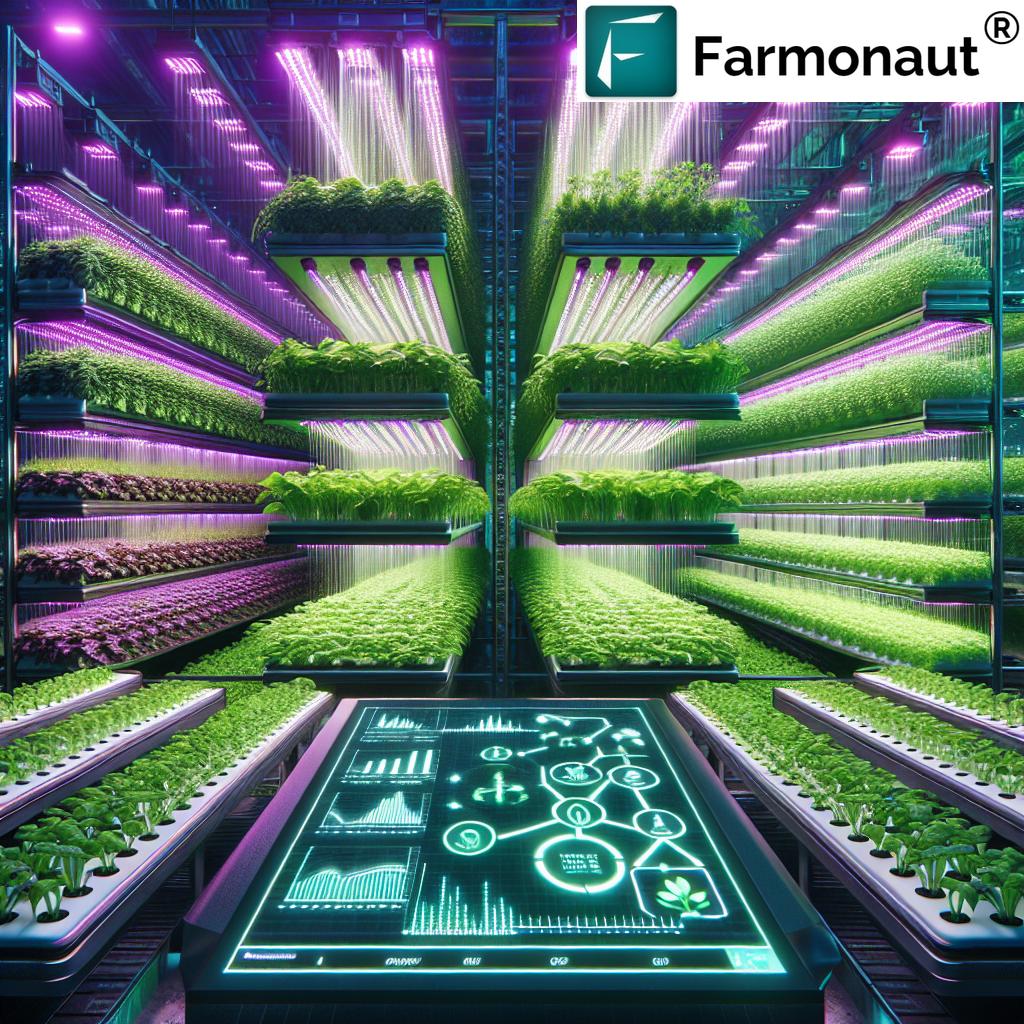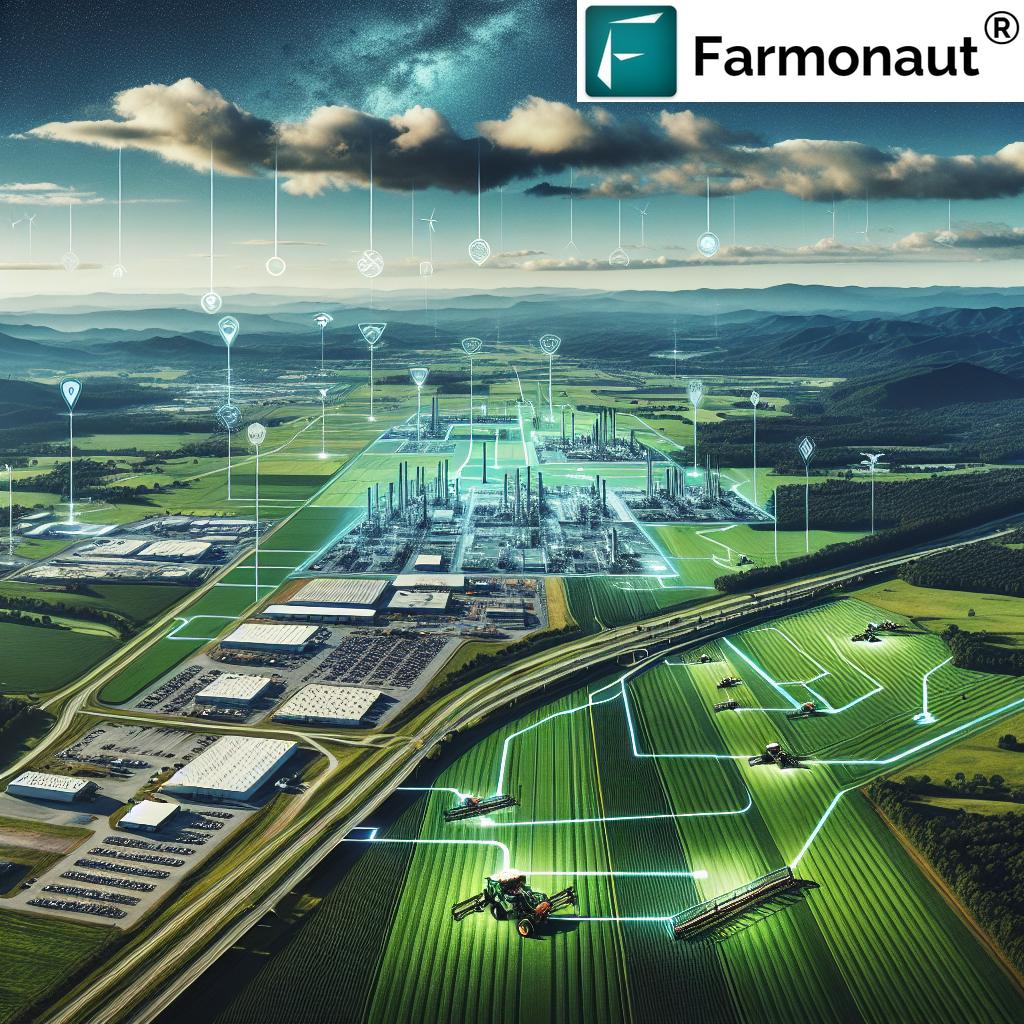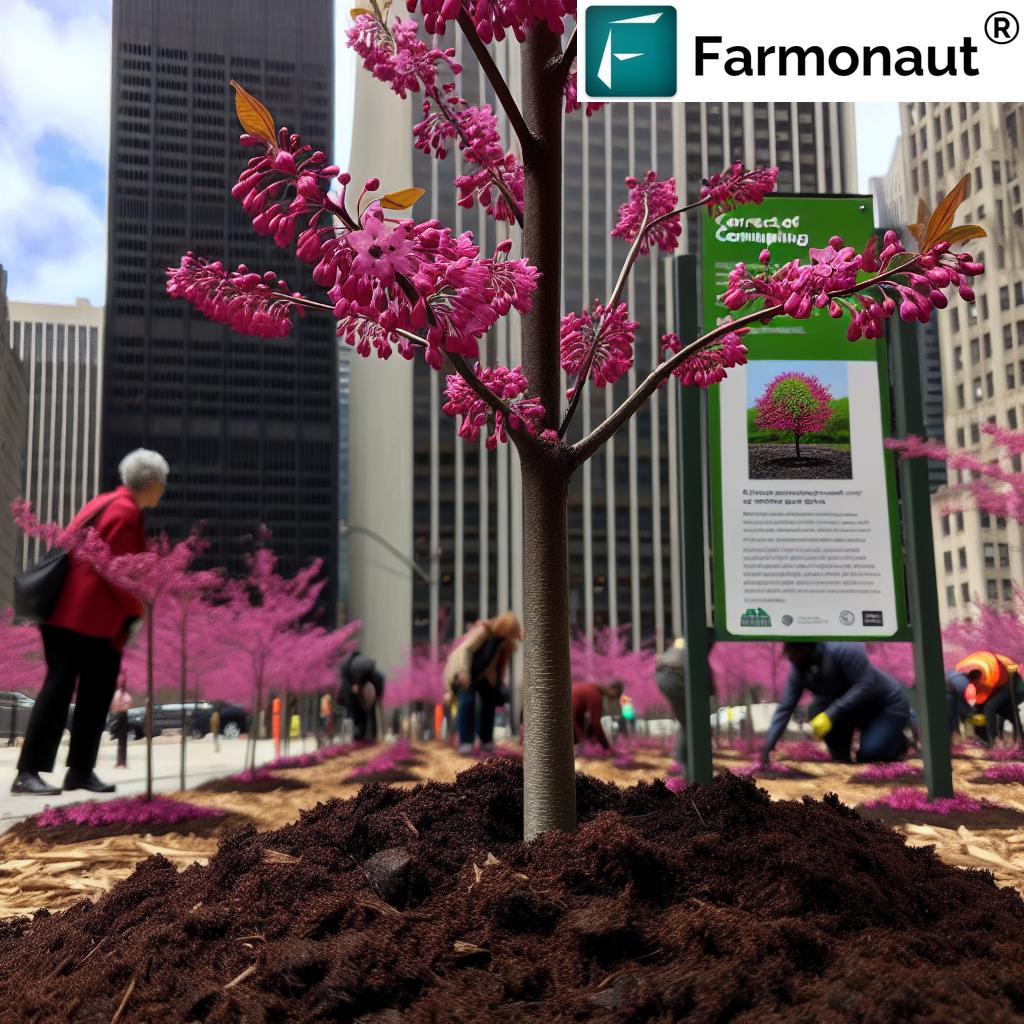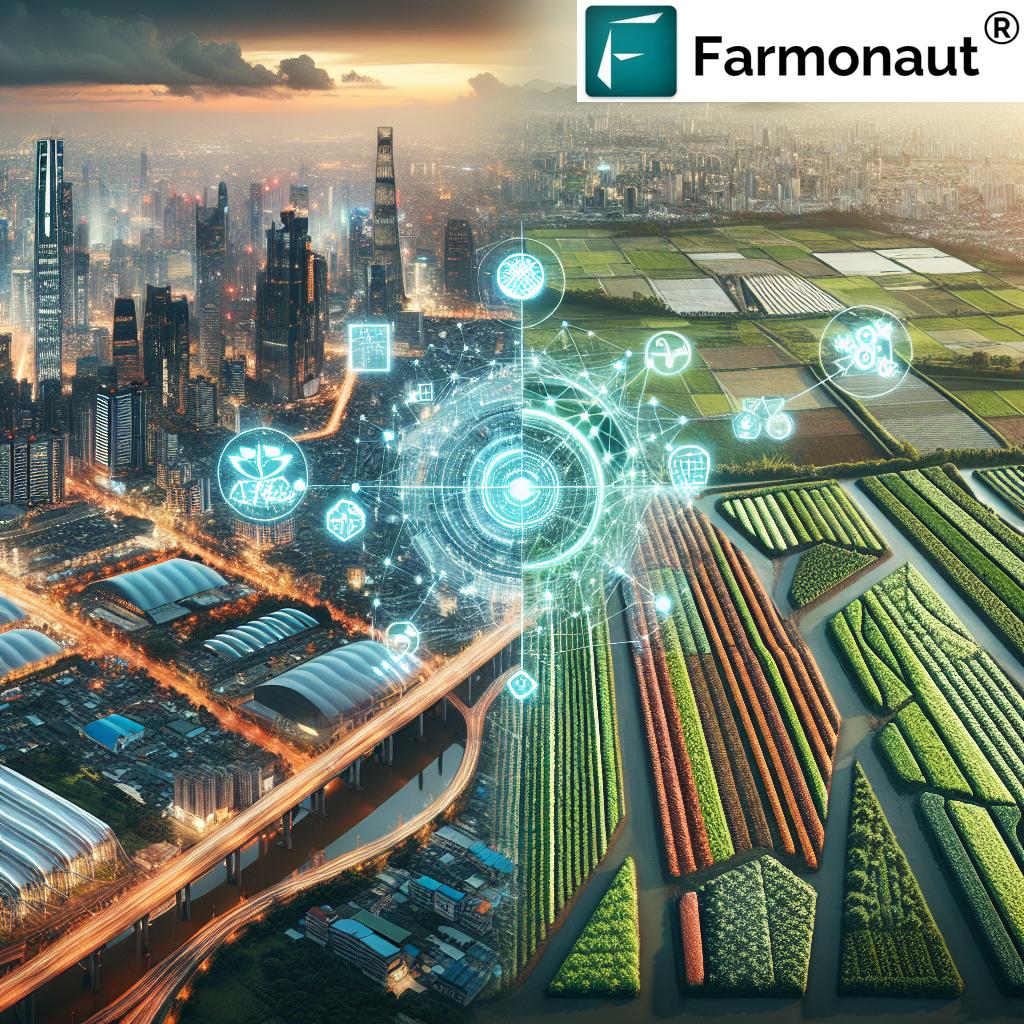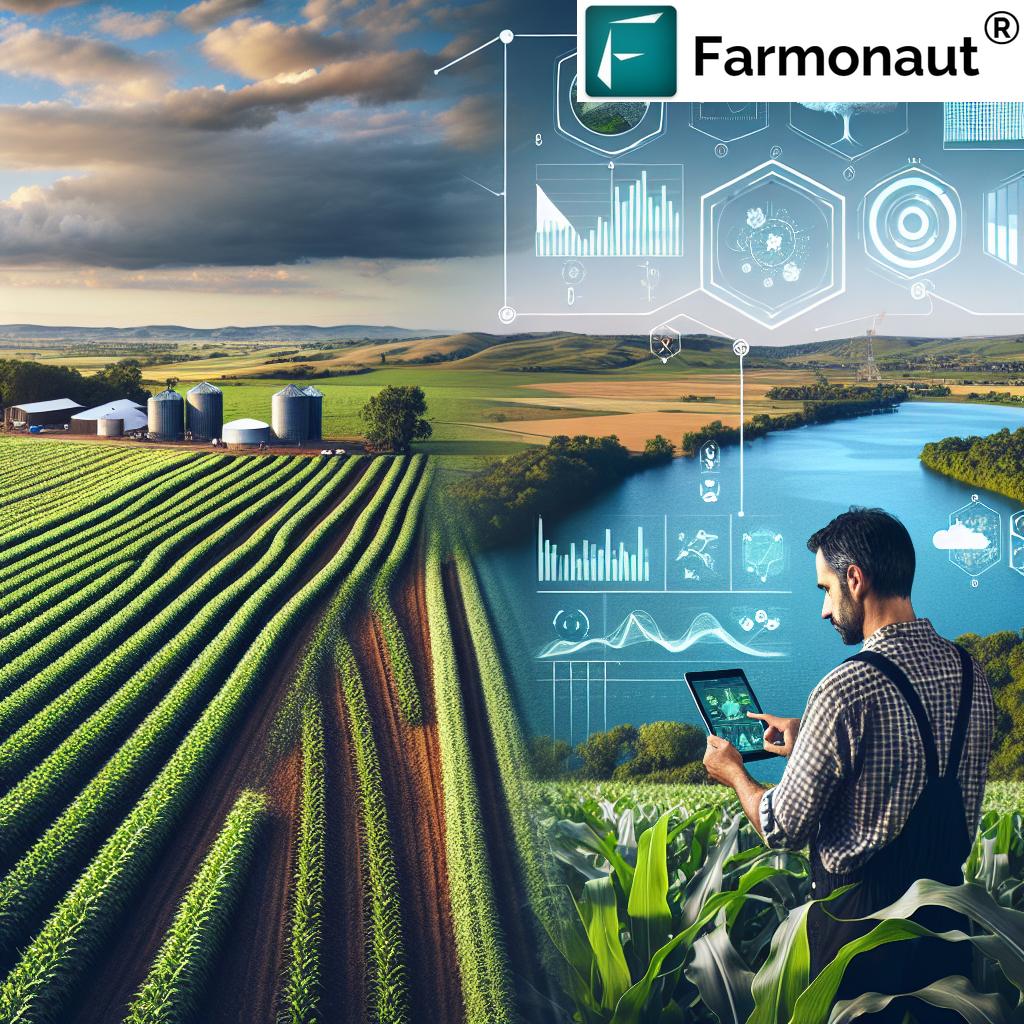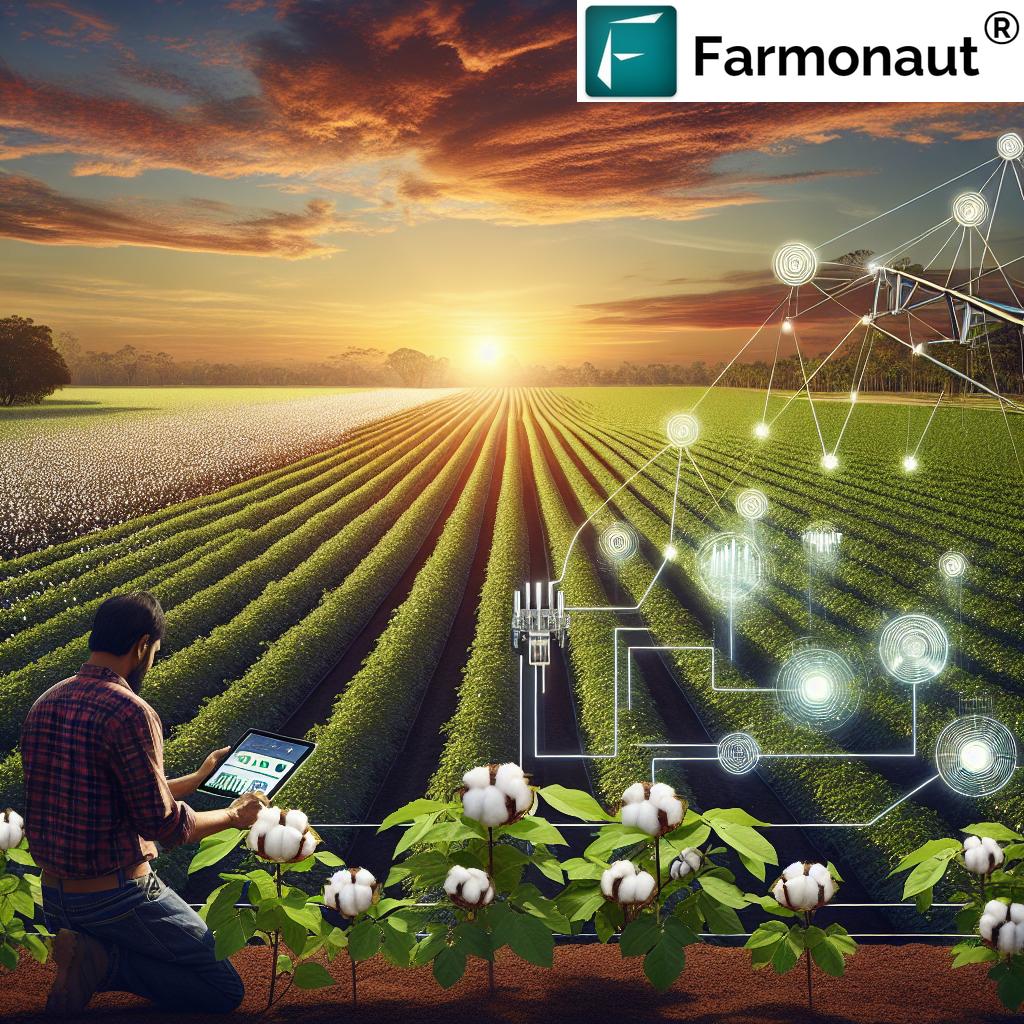Revolutionizing Urban Agriculture: Brooklyn’s Interactive Data Explorer Hub Empowers NYC’s Green Future
“Brooklyn hosts the highest concentration of over 2,500 urban farming spaces mapped across New York City.”
In the heart of New York City, a green revolution is taking root, and Brooklyn is leading the charge. As we delve into the fascinating world of urban agriculture in Brooklyn and across the city, we’re excited to share with you a groundbreaking tool that’s changing the way we view and interact with our urban green spaces. The recently launched NYC Urban Agriculture Data Explorer Hub is not just a map; it’s a window into the future of sustainable urban living.
The Rise of Urban Agriculture in NYC
Urban agriculture has been steadily growing in New York City, transforming vacant lots, rooftops, and even windowsills into productive green spaces. These urban farms and gardens are more than just a trend; they’re a response to the pressing need for sustainable food systems and green spaces in our concrete jungle. The NYC Urban Agriculture Data Explorer Hub, launched in January, has revealed the true extent of this green revolution, documenting over 2,500 urban agricultural spaces across the five boroughs.
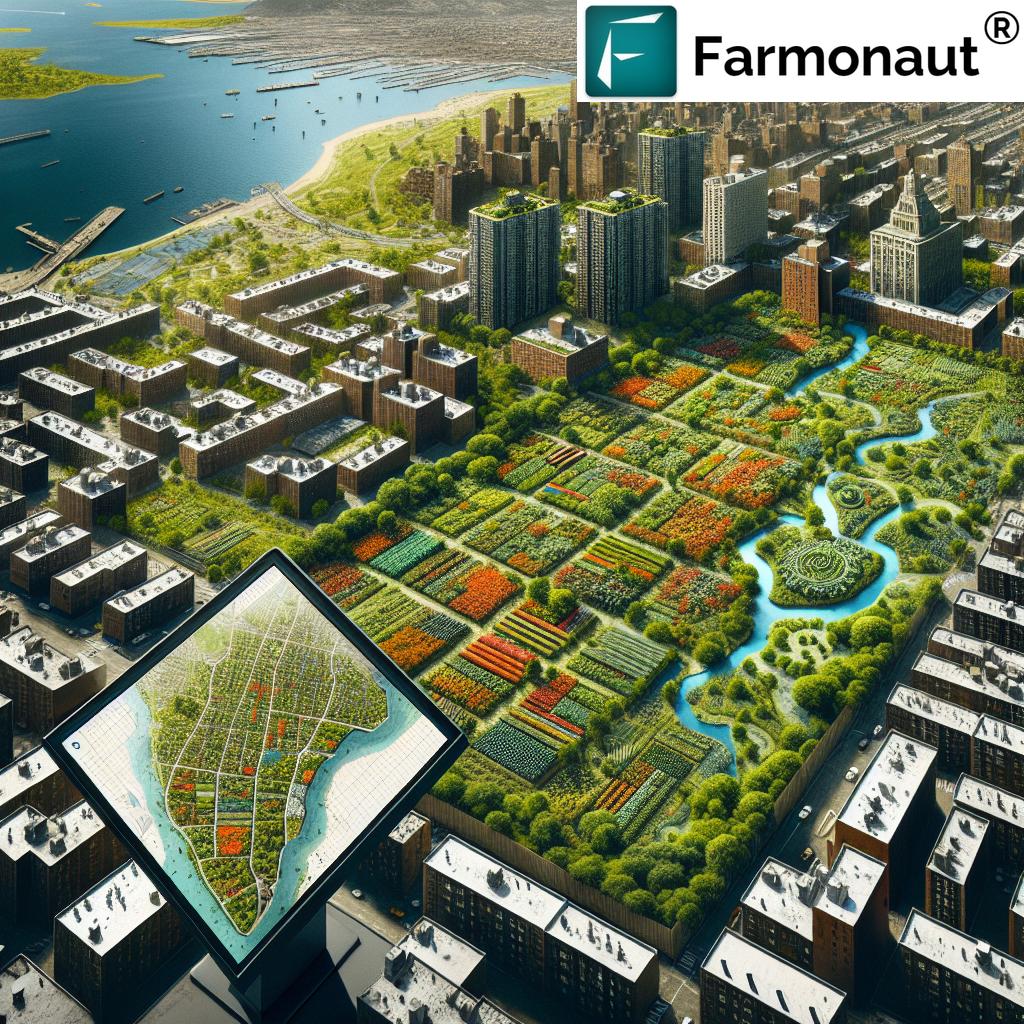
Brooklyn, in particular, has emerged as the epicenter of this movement. With 972 urban farms and gardens, it boasts the highest concentration of urban agricultural spaces in the city. This impressive number not only highlights Brooklyn’s commitment to green initiatives but also showcases the borough’s potential to lead the way in urban sustainability.
The Power of Data in Urban Agriculture
The NYC Urban Agriculture Data Explorer Hub is more than just a counting tool. It’s an interactive mapping tool that provides valuable insights into the distribution, characteristics, and impact of urban farms and gardens across the city. This data-driven approach is crucial for several reasons:
- Policy Making: By providing a comprehensive overview of urban agriculture in NYC, the hub can inform policy decisions and help create incentives for preserving and expanding these vital green spaces.
- Community Engagement: The interactive nature of the tool allows residents to discover nearby gardens and farms, encouraging community participation and support.
- Research and Analysis: Researchers and urban planners can use this data to study the impact of urban agriculture on local ecosystems, food security, and community well-being.
- Climate Change Mitigation: The hub helps visualize the collective impact of these green spaces on mitigating the effects of climate change in urban environments.
As we explore the potential of this innovative tool, it’s worth noting how technology is revolutionizing agriculture beyond just urban settings. For instance, Farmonaut, a pioneering agricultural technology company, offers advanced satellite-based farm management solutions that could complement urban farming initiatives. Their platform provides valuable services such as real-time crop health monitoring and AI-based advisory systems, which could be adapted for urban agriculture contexts.
Brooklyn: A Model for Urban Agriculture
Brooklyn’s leadership in urban agriculture is not just about numbers; it’s about innovation and adaptation. As climate change impacts intensify, Brooklyn’s urban farmers and gardeners are at the forefront of developing sustainable practices that can help mitigate these effects. Some of these practices include:
- Composting: Turning organic waste into nutrient-rich soil
- Rainwater Capture: Reducing water usage and managing urban runoff
- Biodiversity Enhancement: Creating habitats for pollinators and other beneficial organisms
- Vertical Farming: Maximizing space in dense urban environments
- Community Education: Spreading knowledge about sustainable urban living
These initiatives not only contribute to local food production but also play a crucial role in enhancing the urban ecosystem. As Ariella Riapos, incoming Project Director at East New York Farms!, points out, “There’s study after study that shows that even the smallest green space within an urban environment punches far beyond its weight — the benefits to the local ecology are so much greater than really anything else that they could think of to do.”
The Ecological Impact of Urban Green Spaces
The ecological benefits of urban agriculture and green spaces in New York City are far-reaching and multifaceted. These spaces serve as vital green lungs in the concrete landscape, offering numerous environmental advantages:
- Air Quality Improvement: Plants in urban gardens act as natural air purifiers, absorbing pollutants and releasing oxygen.
- Urban Heat Island Mitigation: Green spaces help reduce the urban heat island effect, lowering local temperatures.
- Stormwater Management: Gardens and farms can absorb rainwater, reducing runoff and easing the burden on city drainage systems.
- Biodiversity Support: These spaces provide habitats for various species, including birds, insects, and small mammals, enhancing urban biodiversity.
- Carbon Sequestration: Urban vegetation contributes to carbon capture, helping to offset urban emissions.
The cumulative effect of these benefits makes urban agriculture a powerful tool in the fight against climate change. As we continue to face environmental challenges, the role of these green spaces becomes increasingly critical.
Community Gardens: The Heart of Urban Agriculture
At the core of Brooklyn’s urban agriculture movement are its community gardens. These spaces are more than just plots of land; they’re vibrant hubs of community activity, education, and sustainable living. The NYC Urban Agriculture Data Explorer Hub reveals that Brooklyn leads in the number of community gardens, showcasing the borough’s strong commitment to grassroots environmental initiatives.
Community gardens in Brooklyn offer numerous benefits:
- Food Security: Providing fresh, locally grown produce to community members
- Social Cohesion: Creating spaces for neighbors to connect and collaborate
- Environmental Education: Offering hands-on learning opportunities about ecology and sustainable practices
- Mental Health: Providing green spaces for relaxation and stress relief in urban environments
- Cultural Preservation: Allowing communities to grow culturally significant crops and maintain traditions
These gardens are living examples of how small-scale, community-driven initiatives can have a significant impact on urban sustainability and resilience.
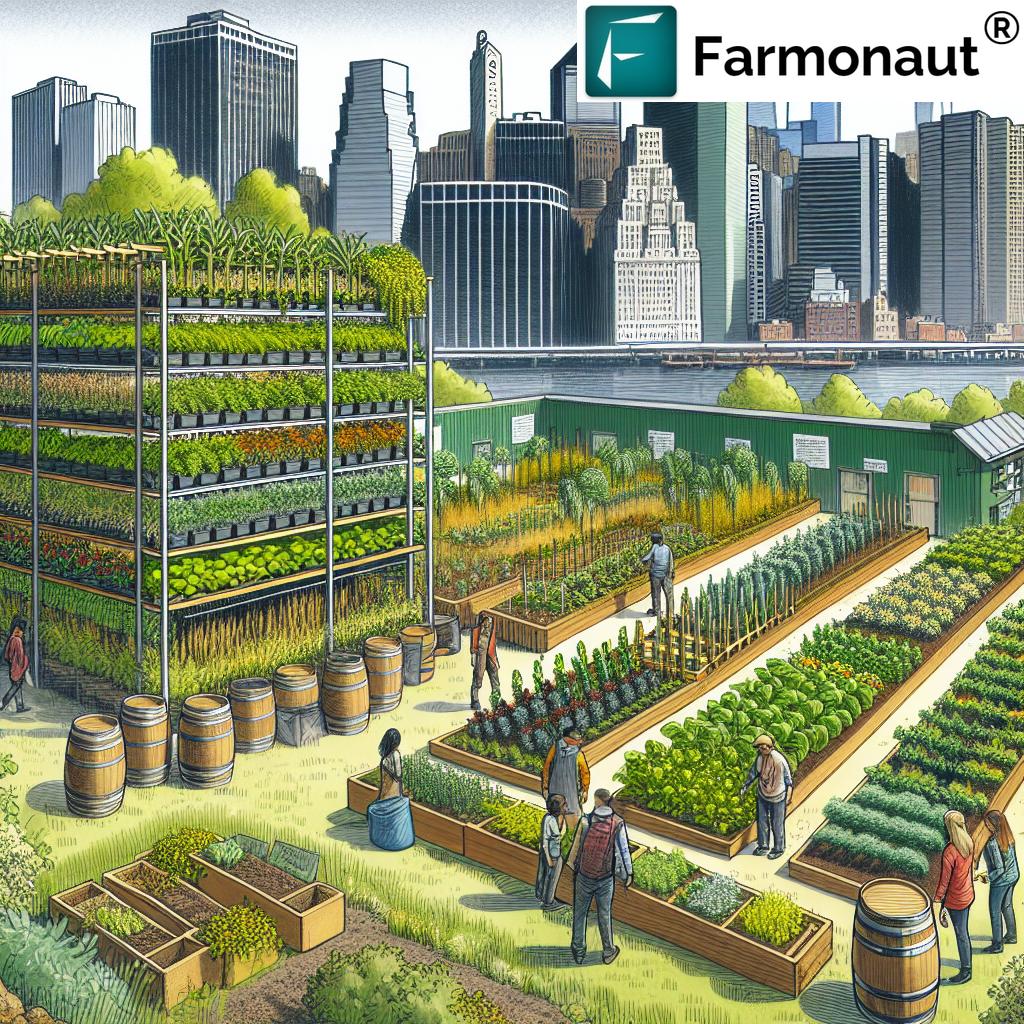
Sustainable Urban Farming Practices in Brooklyn
Brooklyn’s urban farmers are at the forefront of implementing sustainable practices that not only enhance crop yields but also contribute to the overall health of the urban ecosystem. Some of the innovative techniques being employed include:
- Aquaponics: Combining fish farming with hydroponics for a closed-loop system
- Rooftop Farming: Utilizing unused rooftop spaces for agriculture, reducing building energy costs
- Permaculture Design: Creating self-sustaining agricultural ecosystems
- Solar-Powered Irrigation: Using renewable energy for water management
- Companion Planting: Maximizing space and natural pest control through strategic plant combinations
These practices not only make urban farming more efficient but also serve as models for sustainable agriculture on a larger scale. The data collected through the NYC Urban Agriculture Data Explorer Hub can help identify which of these practices are most effective and scalable across different urban environments.
“The interactive data explorer hub reveals more than 2,500 community gardens and farms throughout New York City’s boroughs.”
The Role of Technology in Urban Agriculture
As urban agriculture continues to grow, technology plays an increasingly important role in maximizing efficiency and sustainability. While the NYC Urban Agriculture Data Explorer Hub provides valuable mapping and data analysis, other technological solutions are enhancing urban farming practices. For instance, companies like Farmonaut offer tools that could be adapted for urban agriculture:
- Satellite-Based Crop Health Monitoring: While primarily used for large-scale farms, this technology could be scaled down to monitor urban green spaces.
- AI Advisory Systems: Providing tailored advice for urban farmers based on local conditions and crop types.
- Resource Management Tools: Helping urban farmers optimize water usage and other resources.
These technological advancements could significantly enhance the productivity and sustainability of urban agriculture in Brooklyn and beyond.
Policy Implications and Future Directions
The wealth of data provided by the NYC Urban Agriculture Data Explorer Hub has significant implications for urban planning and policy-making. As we look to the future of urban agriculture in Brooklyn and NYC, several key areas emerge:
- Land Use Policies: The data can inform decisions about preserving existing green spaces and identifying areas for new urban farms.
- Zoning Regulations: Insights from the hub could lead to more flexible zoning laws that accommodate urban agriculture.
- Funding Allocation: The hub’s data can help direct resources to areas with the greatest need or potential for urban agriculture.
- Climate Resilience Planning: Understanding the distribution of green spaces can inform strategies for climate change adaptation in the city.
As policy-makers engage with this data, there’s potential for new incentives and programs to support and expand urban agriculture initiatives across the city.
The Future of Urban Agriculture in NYC
As we look ahead, the future of urban agriculture in New York City, particularly in Brooklyn, appears bright and full of potential. The NYC Urban Agriculture Data Explorer Hub provides a solid foundation for growth and innovation in this sector. Some exciting prospects include:
- Expansion of Vertical Farming: Utilizing advanced technologies to increase food production in limited spaces.
- Integration with Smart City Initiatives: Connecting urban farms to broader city systems for improved resource management.
- Urban Agriculture Education Programs: Expanding opportunities for residents to learn about and participate in urban farming.
- Green Job Creation: As the sector grows, it could provide new employment opportunities in sustainable industries.
- Innovative Public-Private Partnerships: Collaborations that could lead to more extensive and impactful urban agriculture projects.
The continued development and use of tools like the NYC Urban Agriculture Data Explorer Hub will be crucial in realizing these possibilities and shaping a greener, more sustainable future for New York City.
Challenges and Opportunities
While the urban agriculture movement in Brooklyn and NYC is thriving, it’s not without its challenges. Some of the key issues include:
- Land Availability: Competition for space in dense urban areas.
- Soil Quality: Addressing contamination issues in urban soils.
- Resource Allocation: Securing funding and resources for community-led initiatives.
- Policy Barriers: Navigating complex zoning and land use regulations.
- Climate Change Impacts: Adapting to changing weather patterns and extreme events.
However, these challenges also present opportunities for innovation and community engagement. The NYC Urban Agriculture Data Explorer Hub can play a crucial role in addressing these issues by providing data-driven insights and facilitating targeted interventions.
Engaging the Community
The success of urban agriculture in Brooklyn and NYC relies heavily on community involvement. Here are some ways residents can get involved:
- Volunteer at Local Gardens: Many community gardens welcome volunteers.
- Attend Workshops: Participate in educational programs on urban farming techniques.
- Support Local Produce: Buy from urban farms and community-supported agriculture programs.
- Advocate for Green Spaces: Use data from the Explorer Hub to support local green initiatives.
- Start Small: Begin with windowsill herbs or join a community garden plot.
By engaging with these initiatives, residents can contribute to the growth and sustainability of urban agriculture in their communities.
Urban Agriculture Data in NYC Boroughs
| Borough | Number of Urban Farming Spaces | Total Area (acres) | % Green Space | Community Gardens | Leading Sustainable Practices | Est. Annual Yield (tons) | Active Urban Farmers/Gardeners |
|---|---|---|---|---|---|---|---|
| Brooklyn | 972 | 150 | 18% | 500 | Composting, Rainwater Capture | 200 | 5,000 |
| Manhattan | 500 | 75 | 12% | 300 | Vertical Farming, Rooftop Gardens | 100 | 3,000 |
| Queens | 600 | 100 | 15% | 350 | Biodiversity Enhancement, Composting | 150 | 4,000 |
| Bronx | 300 | 50 | 10% | 200 | Community Education, Urban Orchards | 75 | 2,000 |
| Staten Island | 200 | 40 | 8% | 100 | Beekeeping, Native Plant Cultivation | 50 | 1,000 |
Conclusion: Cultivating a Greener Future
The NYC Urban Agriculture Data Explorer Hub has unveiled the impressive scope and potential of urban agriculture in New York City, with Brooklyn leading the charge. This interactive tool not only maps over 2,500 urban farming spaces but also provides invaluable insights that can shape the future of sustainable urban living.
As we face the challenges of climate change and urban expansion, the role of urban agriculture becomes increasingly crucial. Brooklyn’s community gardens and farms are more than just green spaces; they are living laboratories for sustainable practices, community building, and ecological restoration.
The data-driven approach enabled by the Explorer Hub opens new avenues for policy-making, community engagement, and innovative urban planning. It empowers citizens, policy-makers, and urban planners to make informed decisions that can transform our city into a more resilient, sustainable, and green urban environment.
As we move forward, the integration of technology, community involvement, and policy support will be key to realizing the full potential of urban agriculture in NYC. The green revolution in Brooklyn is not just about growing food; it’s about cultivating a sustainable future for all New Yorkers.
By embracing urban agriculture and leveraging tools like the NYC Urban Agriculture Data Explorer Hub, we can create a city that is not only more sustainable but also more connected, resilient, and vibrant. The seeds of change have been planted in Brooklyn’s soil, and with continued nurturing, they will grow into a greener future for all of New York City.
FAQ Section
Q: What is the NYC Urban Agriculture Data Explorer Hub?
A: It’s an interactive mapping tool launched in January that documents over 2,500 urban agricultural spaces across New York City, providing valuable data for policy-making, community engagement, and urban planning.
Q: How many urban farming spaces are there in Brooklyn?
A: According to the Explorer Hub, Brooklyn hosts 972 urban farms and gardens, the highest concentration among NYC boroughs.
Q: What are some sustainable practices used in Brooklyn’s urban farms?
A: Common practices include composting, rainwater capture, biodiversity enhancement, vertical farming, and community education initiatives.
Q: How does urban agriculture help mitigate climate change?
A: Urban farms and gardens help by reducing the urban heat island effect, improving air quality, supporting biodiversity, and contributing to carbon sequestration.
Q: Can I get involved in urban agriculture in Brooklyn?
A: Yes! You can volunteer at local community gardens, attend workshops, support local produce, advocate for green spaces, or start your own small garden.
Earn With Farmonaut: Affiliate Program
Earn 20% recurring commission with Farmonaut’s affiliate program by sharing your promo code and helping farmers save 10%. Onboard 10 Elite farmers monthly to earn a minimum of $148,000 annually—start now and grow your income!
For more information on how technology can support urban agriculture initiatives, explore Farmonaut’s innovative solutions:
For developers interested in integrating agricultural data into their own applications, check out Farmonaut’s API and API Developer Docs.



